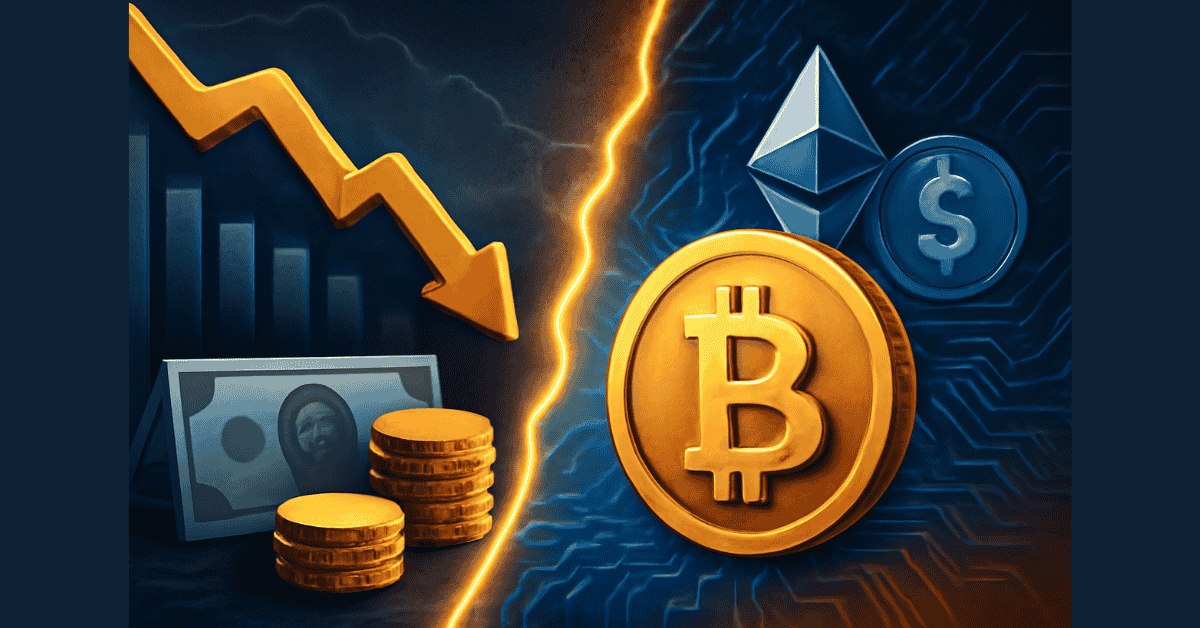
Recession & Crypto: A Path Through Instability
1. When Traditional Economies Falter: Signals and Consequences
Economic recessions — marked by falling GDP, rising unemployment, soaring inflation, and plummeting stock markets — are no longer just concerns for banks, governments, or large corporations. In recent years, every financial crisis has chipped away at public trust in the traditional financial system.
Notably in 2008, and more recently during the post-COVID period, ineffective monetary policies and global supply–demand imbalances forced people to seek alternative stores of value.
2. Recessions Set the Stage for Crypto to Rise
In times of instability, crypto assets have emerged as a decentralized alternative, independent of central banks or government control. Bitcoin, born out of the 2008 financial crisis, is a symbol of growing fiat skepticism around the world.
As fiat currencies lose value and traditional assets fluctuate wildly, crypto — particularly Bitcoin, Ethereum, and stablecoins like USDT or USDC — has become a refuge, both for short-term protection and long-term asset storage.
3. Shifting Investor Psychology: From Physical Gold to “Digital Gold”
Instead of hoarding physical gold, real estate, or foreign currencies, more and more retail investors are turning to cold wallets, stablecoins, and yield farming as practical ways to protect capital. In times of economic contraction, the flexibility and borderless nature of crypto assets — which bypass intermediaries — give them a clear edge.
Many younger investors now embrace memecoins, DeFi, and even NFTs not just for profit, but as a statement of financial independence.
4. The Future of Finance in a Trust-Scarce World
Crises bring fears of inflation, bad debt, and widening financial inequality. As traditional tools become less effective, crypto is increasingly seen as a parallel financial system, where individuals can control their assets without being restricted by interest rates or credit limitations.
Some governments under pressure from debt or economic slowdown are turning to CBDCs (Central Bank Digital Currencies) or exploring crypto regulations as a fast-track response to stabilize their markets.
5. Conclusion
In periods of economic growth, crypto may be seen as “risky.” But in times of recession, it transforms into a financial survival tool. The shift from centralized to decentralized systems has begun, rooted in the cracks of our current economic models.
Recession is not just the end of an old cycle — it may well be the launchpad for a new financial era, where crypto is not only an asset, but a way to redefine value, ownership, and trust in the 21st century.